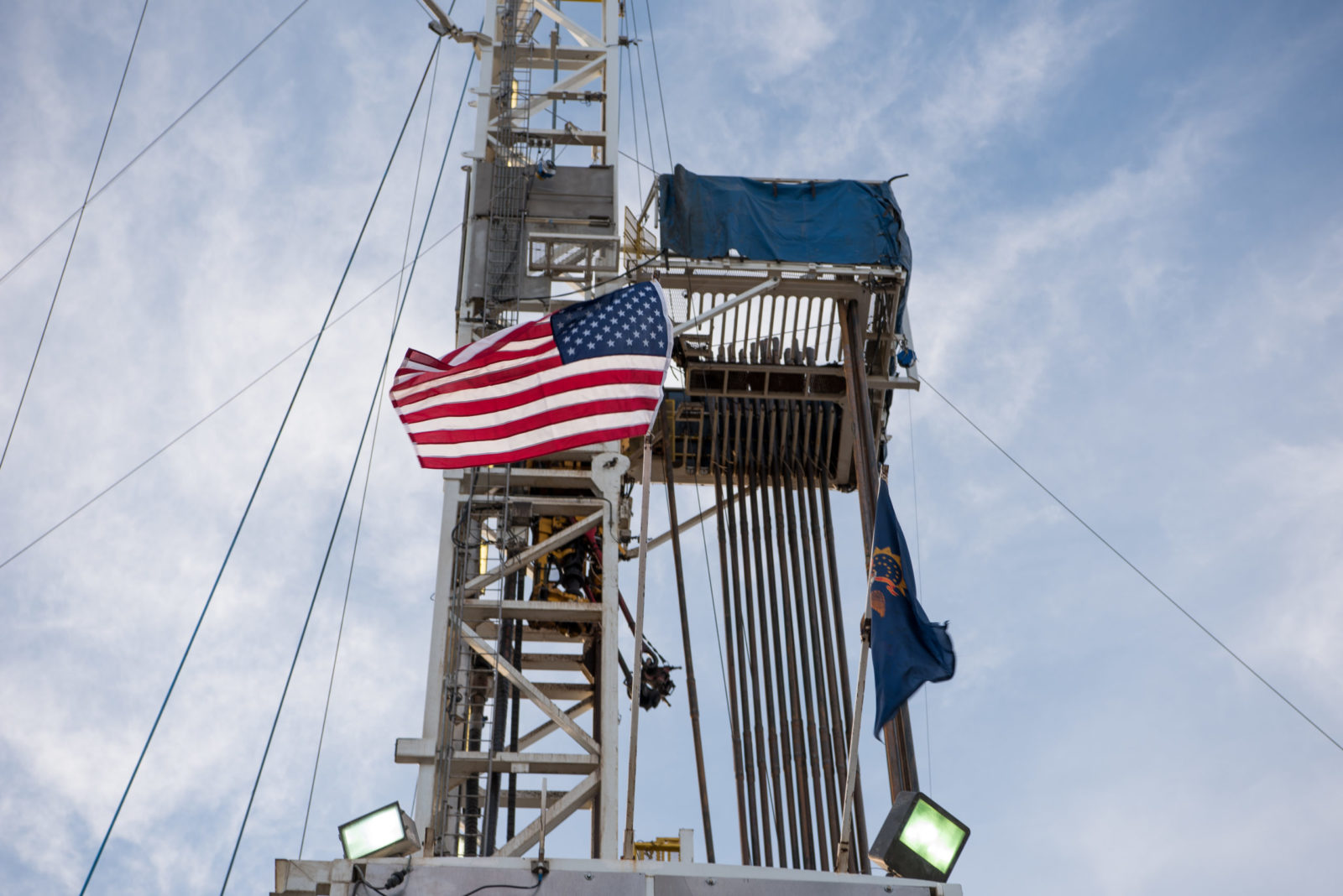
2024 Oil & Gas Tax Revenues Study: How North Dakota’s Energy Industry Fuels Communities
The 2024 Oil and Gas Tax Revenue Study highlights the critical role of oil and gas tax revenues in sustaining North Dakota’s economy and improving the quality of life for its residents. Since 2008, over $32 billion has been generated from oil extraction and production taxes, contributing more than 50% of the state’s local tax collections annually. These revenues fund essential infrastructure projects, public safety, education, and water management, making them a cornerstone of the state’s economic development and stability.
A significant portion of the revenue is allocated to various funds, including the Legacy Fund, which receives 30% of total oil and gas tax revenues. Established in 2010, the Legacy Fund is designed to ensure long-term financial sustainability, with over $8.58 billion collected to date. Earnings from this fund support large-scale infrastructure projects, such as flood protection, road improvements, and educational initiatives, without raising taxes. Other major allocations include the Strategic Investments and Improvements Fund, Resources Trust Fund, and support for counties, cities, and school districts, emphasizing the widespread impact of these revenues.
The report also highlights the local and regional benefits of oil and gas taxes. Counties receive funds for property tax relief, water projects, and educational programs, with specific allocations detailed in maps and charts. By prioritizing immediate community needs alongside long-term investments in infrastructure and innovation, North Dakota has effectively leveraged its natural resource wealth to drive economic growth, enhance public services, and secure a prosperous future for its residents.
Data from the following sources is utilized to develop the annual Oil & Gas Tax Revenue Study: Department of Mineral Resources, Department of Water Resources, State Tax Department, State Treasurer, Office of Management and Budget, Legislative Council, State Investment Board, Department of Public Instruction, and Department of Transportation. The study’s authors categorize project types to the best of their knowledge to describe the allocation of funds regarding project location and use of funds. Examples include a rural water project that serves multiple counties versus a road project, etc. The data presented in this report is accurate to the best of the studys authors’ knowledge, but 100% accuracy cannot be guaranteed due to the potential input errors in the original data’s source material, amended data, or allocation adjustments. To access the 2024 Oil & Gas Study, visit the Western Dakota Energy Association website at ndenergy.org.
“From infrastructure and research investments to budget stabilization and quality of life projects, oil and gas tax revenues benefit each and every North Dakota resident.”
-Geoff Simon, Executive Director, WDEA
